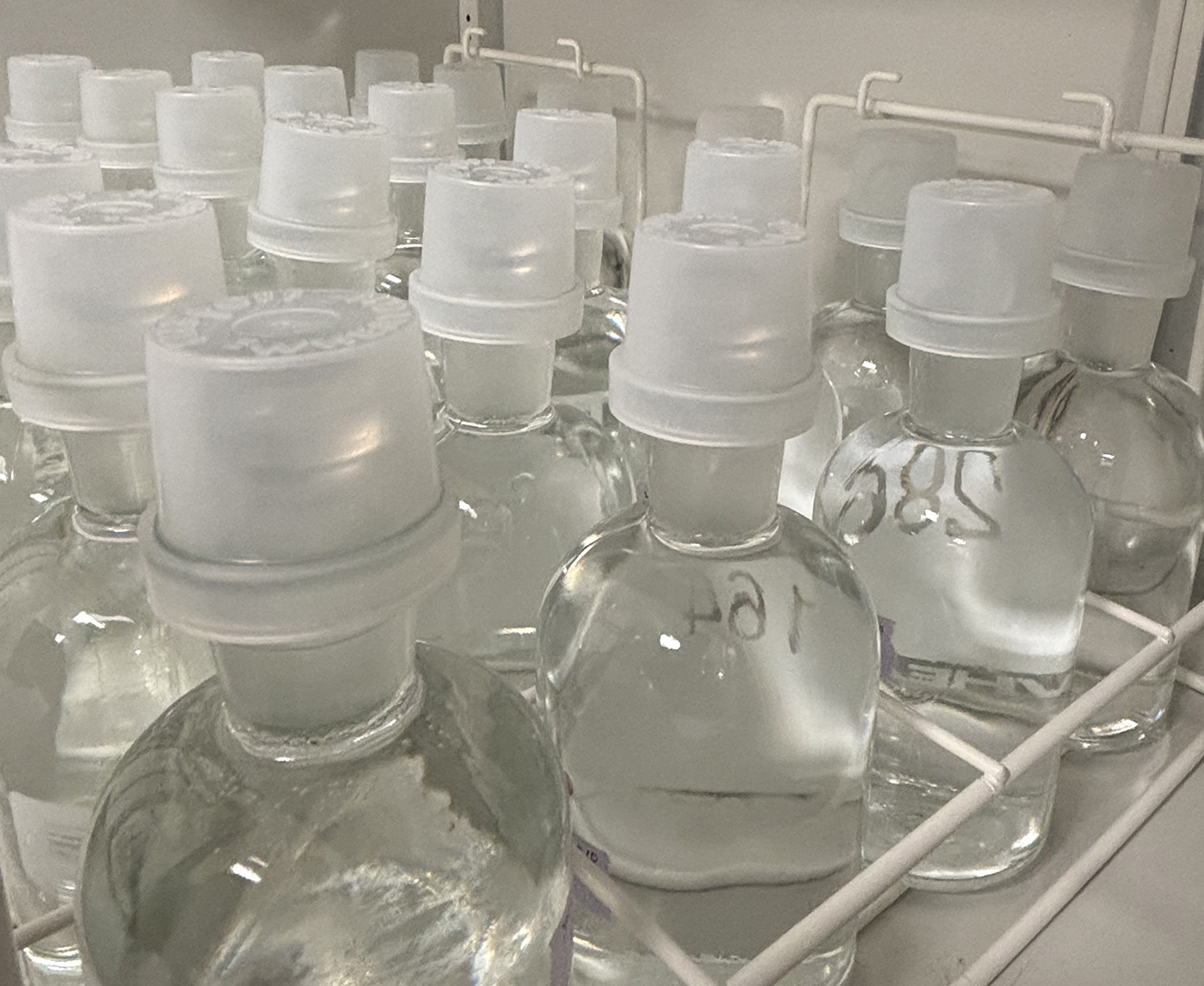Summary
ISO 14851 is a test that determines the ultimate biodegradability of plastic materials in an aerobic, aqueous medium. This test measures the oxygen demand during biodegradation in a closed respirometer. This test usually lasts for two months, however, it can be extended up to six months depending on your needs.
ISO 14851 Testing Method
ISO 14851 determines the biodegradability of a plastic material by measuring the oxygen consumption during the biodegradation process over two to six months. This test takes place in a closed bottle setup with headspace at a temperature between 20ºC and 25ºC. Once the testing period is complete, the oxygen consumption is measured, usually by measuring the quantity of oxygen required to compensate for the consumed oxygen to maintain a constant gas volume or pressure in the flask.
This test can be used on natural and/or synthetic polymers, copolymers, or a mixture of these, and plastic materials that contain additives such as plasticizers, colorants, and other compounds. It is also appropriate for water-soluble polymers.
Do You Need ISO 14851 Testing? Turn to Aropha
For streamlined, efficient biodegradability testing, Aropha is your partner. Our team strives to provide our clients with the biodegradability testing they need for all of their products. We combine our digital twin simulation platform with lab biodegradability testing to provide accurate results in rapid turnaround times. Whether you need to test the ecotoxicity, compostability, or biodegradability of your products, we have you covered.
We can also provide you with the test documentation necessary for certain eco-labels and regulatory agencies.
Contact our team today to get started.
ISO 14851 Requirement and Applicability
Different testing methods are applicable for materials with different properties. Below is a summary of the applicability of ISO 14851. Please check our Method Selection Guide to select the most appropriate method for your materials. You can also find the applicability for many other methods in our Resource Center.| Test | Analytical method | Sample info required * | Poorly soluble | Volatile | Adsorbing |
|---|---|---|---|---|---|
| ISO 14851 | Oxygen consumption | ThOD * | + | +/- | + |
*“Sample info required” is the information needed to calculate the biodegradation percentages. This must be available for a selected method.
*“ThOD” can be easily calculated based on the formula of the sample. Try our Online ThOD Calculator.
Pricing
$1299/sample for High-Throughput Screening$2399/sample for Biodegradability Certification

